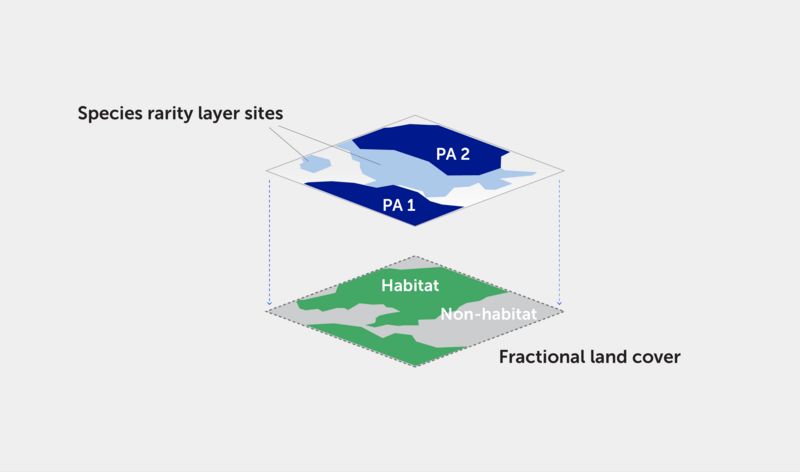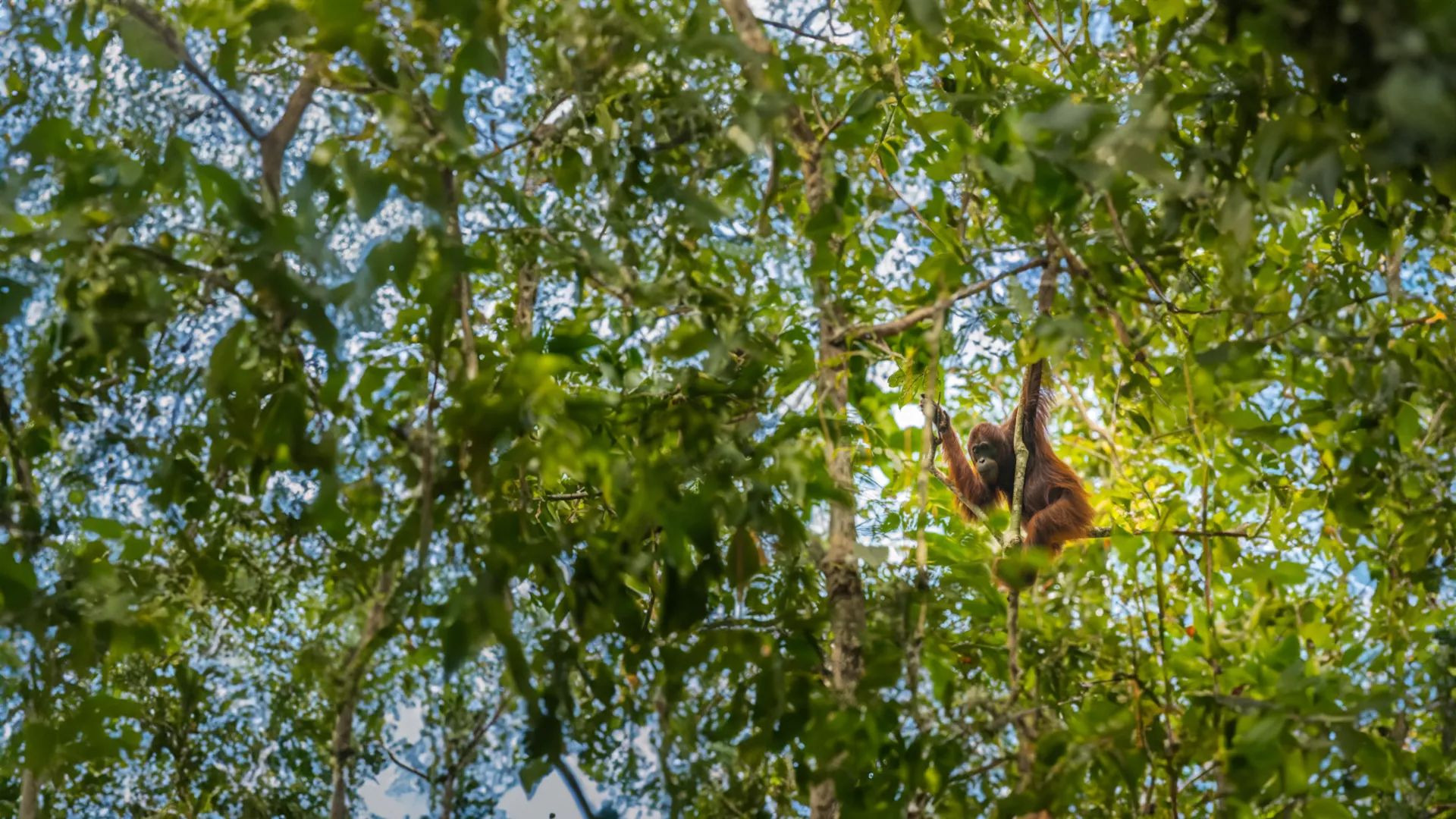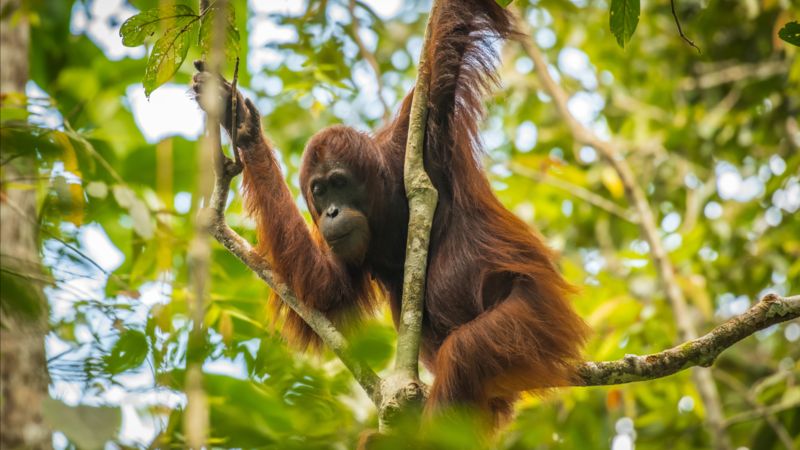
Frontiers in Science Lead Article
Published on 25 Jun 2024
Conservation Imperatives: securing the last unprotected terrestrial sites harboring irreplaceable biodiversity
- 112,664 views
- 23 citations


Frontiers in Science Lead Article
Published on 25 Jun 2024

Experts discussed next steps for protecting Earth’s remaining biodiversity at a virtual symposium on 14 November 2024.

Urgent, multifactor strategies and inclusive, rights-based approaches, supported by new mapping tools, are essential for achieving 2030 biodiversity targets and ensuring long-term success, emphasizes Dr Mariana Napolitano Ferreira of WWF-Brasil, Brazil.

Beyond identifying and protecting the most ecologically significant areas, comprehensive management and rigorous monitoring are crucial for effective conservation, highlights David Lindenmayer of the Australian National University, Australia.

Innovative financing mechanisms that harness longstanding financial market tools and mobilize private-sector investment are crucial for halting global biodiversity loss, outlines Dr Charles V. Barber of the World Resources Institute, USA.
There is an urgent need to prioritize the conservation of habitats of rare and threatened species as part of a larger global biodiversity strategy.
Conservation Imperatives offer a solution to conserving the last unprotected sites harboring rare, range-restricted, and threatened species and should be a central component of the ambitious goals to protect at least 30% of the Earth’s surface by 2030.
The Conservation Imperatives identified in this study are highly concentrated, requiring only ~164 Mha globally to avoid extinctions; this equates to only 1.22% of the Earth’s entire terrestrial surface and 0.74% of land in the tropics.
Targeted investments to prevent extinctions in parallel with the conservation of carbon-rich regions are necessary as the world sets about expanding the protected area network from 15.7% today to 30% by 2030.
Conserving Conservation Imperatives is achievable and affordable, especially in the tropics, as the purchase of the tropical subset of Conservation Imperatives costs about US$169 billion (90% probability: US$146–US$228 billion), or US$34 billion (90% probability: US$29.2–US $45.6 billion) per year over 5 years.
As Conservation Imperatives represent the most biologically important and threatened places to protect, they can be thought of as “anchor points” to design Q12 regional-scale conservation planning efforts under 30×30.

A summary of the lead article in a Q&A format, with infographics and a video.

A version of the lead article written for—and peer reviewed by—kids aged 8-15 years.

Conserving biodiversity hotspots which cover just 1.22% of the Earth’s terrestrial surface could stop extinctions in their tracks and protect the planet for future generations.

Study identifies 16,825 sites around the world where prioritizing conservation would prevent extinction of thousands of unique species.

A “feasible and financially affordable” plan to avoid the most likely extinctions of species in the short term: this is what an international coalition of ecologists and conservation stakeholders proposes in a study.

Setting aside an additional 1.2% of the world's land as nature preserves would prevent the majority of predicted plant and animal extinctions and cost about $263 billion, according to a study published on Tuesday.

Researchers from Resolve, a US conservation group, identified a way to maintain Earth’s biodiversity by protecting a surprisingly small portion of land.

Researchers have identified key areas of the Earth that need to be protected in order to safeguard the majority of the endangered species on our planet.

A new study has pinpointed the most crucial areas around the world for protecting Earth’s rarest and most endangered species, the vast majority of which are found in tropical and subtropical moist forests.

Human-caused mass extinctions can be prevented if we take action now, according to an international coalition of ecologists and conservationists.

The sixth mass extinction of biodiversity is underway. To slow it down, it will be necessary to create new sanctuaries. The question is: where?

Most species are rare, meaning they are few in number or cover a small range, or both. As a result, a new study concludes, humans can preserve much of the great diversity of life on Earth by marking out just 1.2 percent of the planet for protection.

Extinction is a natural byproduct of life and evolution, but an alarming number of species have entered the dustbin of history thanks to human activity — which is anything but natural.

What would it take to put the brakes on the sixth mass extinction and save the world’s most threatened species? According to a groundbreaking new study published in Frontiers in Science, co-authored by World Land Trust conservationists Richard Cuthbert and Charlotte Beckham, the answer is a lot cheaper and easier than you might think.

It’s a small portion of the Earth’s surface, and the price lower than might be expected, but the will needs to be there.

Global biodiversity study identifies 16,825 ‘Conservation Imperatives’ sites harboring rare and threatened species in need of immediate protection.

The latest research effort from the Global Safety Net (GSN) initiative, entitled “Conservation Imperatives: Securing the Last Unprotected Terrestrial Sites Harboring Irreplaceable Biodiversity”, was published in Frontiers in Science.

If we act now, we can prevent human-caused extinctions wiping out our planet’s wildlife, according to an international coalition of ecologists and conservationists.

Protecting 1.22 percent of land worldwide prevents the extinction of the most-threatened species, according to a recent study published in Frontiers in Science.
Follow the science, follow Frontiers in Science